Proposal Substitute Employee Placement Services (SEPS)
January 9th, 2025
Download Proposal Substitute Employee Placement Services Responses are due prior to:...
This week is Computer Science Education Week, “an annual call to action to inspire K-12 students to learn computer science, advocate for equity in computer science education, and celebrate the contributions of students, teachers, and partners to the field.”
Provo City School District is dedicated to ensuring all students have opportunities to learn computer science, empowering them to pursue their dreams in our highly digital world.
Computer science education in our district starts with our youngest learners through our elementary STEM Inclusion Initiative and keyboarding classes, who participate in coding and robotics.
Through the STEM Inclusion Initiative, participating schools dedicate time for students to participate in coding and robotics, regardless of academic standing or other outstanding factors that sometimes limit student access.
Through the initiative, each room transforms into a unique mini-lab. For example, Westridge Elementary’s sixth-grade students learn coding in Scratch and travel time and space to review mathematical principles in their Infini-D labs. Expect a full article with more pictures in January!
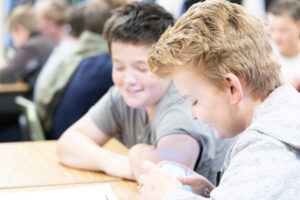
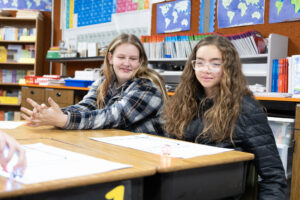
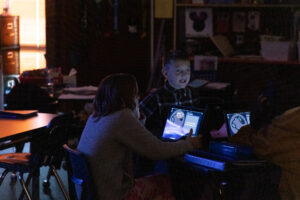
Or, you might find fifth-grade students at Provost Elementary working toward essential coding skills. Here are a few pictures of Mary Wade’s class, who are using their Ozobots to learn about algorithms in this “byte-sized” mini-lesson.
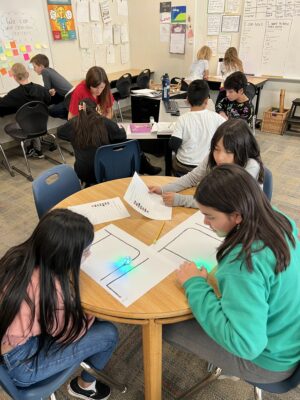
Several of our elementary schools include after-school robotics programs. Franklin Elementary sponsors three LEGO robotics teams this year! We’ll have more videos and articles on our robotics teams in the incoming year.
Our middle schools also offer Creative Coding, robotics, and engineering courses for interested students, and our high schools, Timpview and Provo High, host active Computer Science and robotics classes.
Computer Science students at Timpview are going beyond the curriculum, trying to solve problems and create products in their extra time. For each of them the messy path of thinking of an idea and designing a way to get to the solution is a great experience in real-world computational thinking.
At Timpview, Michael Wagner created an algorithm to print ordinary text characters that simulate a three-dimensional cube. His program repeatedly prints the characters, shifting them in a pattern so that the cube appears to rotate around an axis.
By the end, he merged practical math and trigonometry knowledge with new computer science understanding.
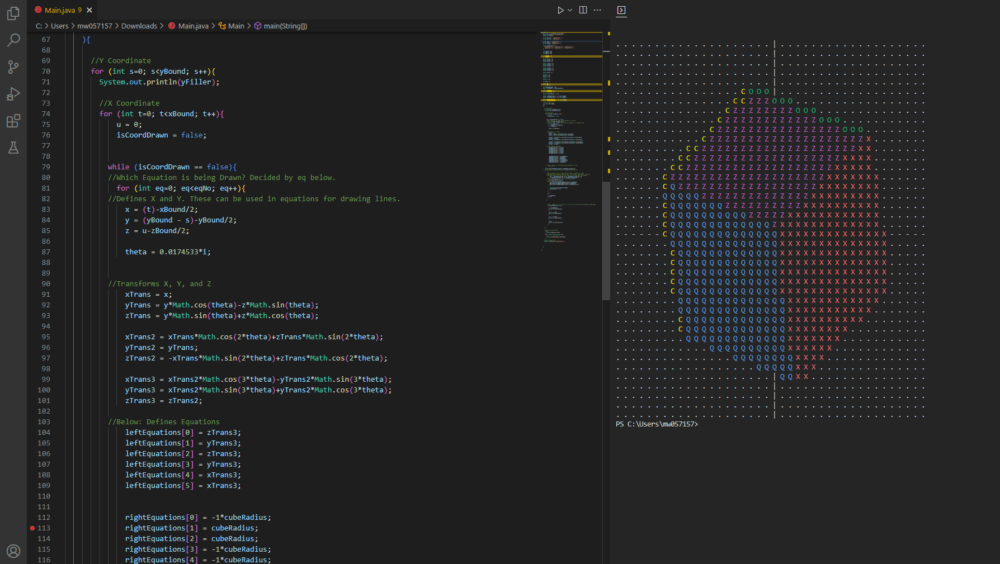
Adam Hall figured out how to make a computer program that replicates the behavior of a Rubik’s cube on a flat screen using text. The output looks deceptively simple. Adam figured out how to make the transformations so the user could enter a command to turn one part of the “cube,” and all corresponding parts move to a new position. It was a mind-bending exercise.
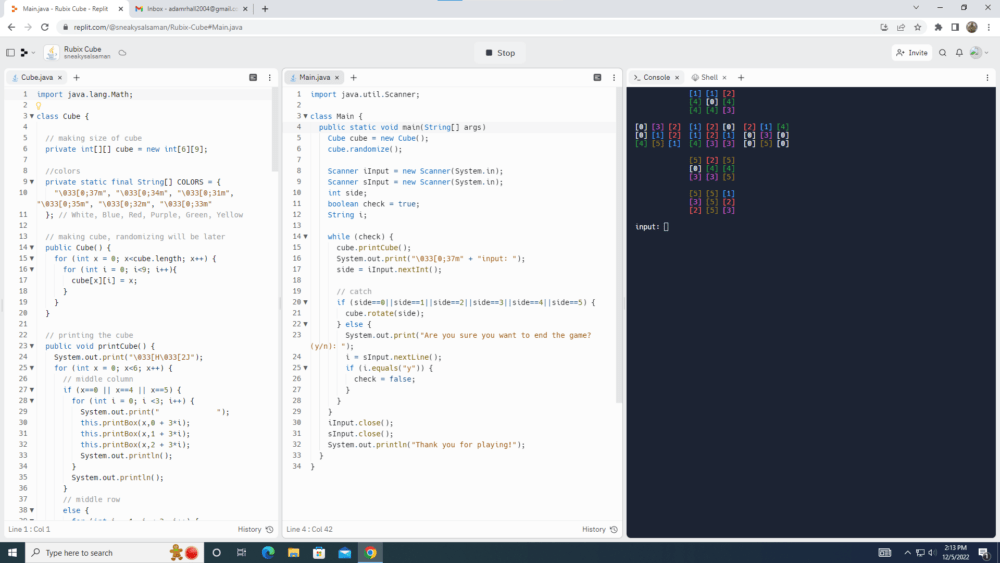
Landon Peterson is taking AP Computer Science and a class called Game Development Fundamentals and using skills in both classes to create games. He used software that creates physics simulations to build game interactions. Landon has two games he plans to release publicly and hopes to work in game development someday– he already has a company name and logo in mind. Landon prepared this video about his more recent game.
Now, with the Timpview South Complex edition, students have more space for robotics and engineering. The room is still under construction, but teachers and students are already laying the foundation for a great year.
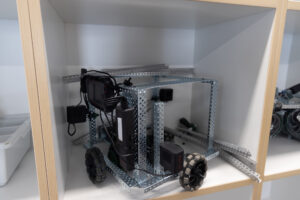
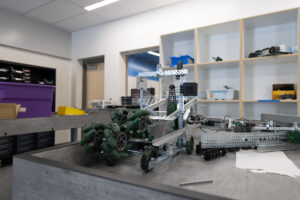
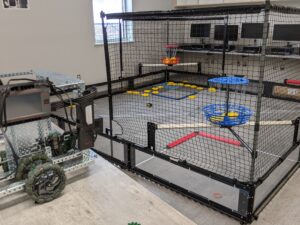
Keep an eye out for a detailed breakdown article of the initiative and how schools utilize our Innovative Learning Division’s lesson plans and professional learning opportunities to increase district-wide participation in computer science and engineering, regardless of experience, background, or academic standing.
As we celebrate Computer Science Week, we’d like to thank our Innovative Learning team for creating easy-to-use lesson plans and professional development opportunities and our teachers for delivering accessible STEM experiences. Thank you for working hard throughout this week, these difficult past few years through the pandemic, and for continuing your work in the approaching future.
Check our website and social media channels throughout January as we show how district staff and teachers prepare accessible computer science and STEM opportunities, visit classrooms to see STEM projects and lessons, dive into the details of our STEM Inclusion Initiative, and much more.
Download Proposal Substitute Employee Placement Services Responses are due prior to:...
Today’s students are learning more than just traditional subjects—they’re gaining the skills...
The schedule for summer camp 2024 is: June 2-6 (M-F) - Canyon Crest, Provost, Rock...